 Electrical codes generally don’t get people too excited. Of course if your commercial building isn’t up to code and fails an inspection, you’ll have more than enough excitement on your hands. In addition to hefty fines, there’s even the possibility that your building won’t be able to be used. That can shut down your business—or your tenants’ businesses, and that’s not something you even want to think about.
Electrical codes generally don’t get people too excited. Of course if your commercial building isn’t up to code and fails an inspection, you’ll have more than enough excitement on your hands. In addition to hefty fines, there’s even the possibility that your building won’t be able to be used. That can shut down your business—or your tenants’ businesses, and that’s not something you even want to think about.
Of course you could run into the same situation if you’re building a new structure or renovating an existing commercial structure. Fail the inspection and you or your tenants won’t be able to move in. The costs (both financially and to your reputation) can be formidable.
You could, of course, try to keep up with code yourself. You can order a softcover version of the 2014 NEC National Electrical Code (the most recent version of the code—adopted in all 50 states, including Colorado) for only $126.95. The NEC is one of the most widely used codes for the built environment in the world, and sets the standard for safe electrical installation and inspection to protect people and property from electrical hazards.
But then you’d need to actually read and understand all 910 pages of this book. That’s a pretty daunting and time-consuming endeavor in and of itself. But it’s not the end of the story. You’d also need the skill and expertise to actually perform the tasks that would allow your building to pass inspection.
You know that safety for your employees and tenants is extremely important. And it’s not just because you could face fines or lose business if you don’t pass inspection. Ensuring safety within your commercial building is simply the right thing to do.
Like you, we take safety very seriously. Ethical, safe, quality work is a top priority and is at the heart of our company culture. That’s why we stress the importance of keeping up with the latest education, certification, and qualifications in the industry. We have the knowledge, the expertise, and the skill to ensure that your building will be safe—and deliver the kind of consistent electrical service that your company and your tenants can depend on.
That’s why we’ve been asked to provide electrical service for projects ranging from the The Veterans Affairs Clinic to the The Broadmoor Fishing Camp.
We’d love to help you with your commercial electrical system needs. We keep up with the code so you don’t have to!
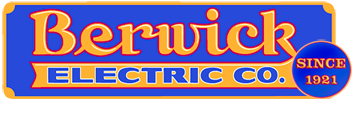



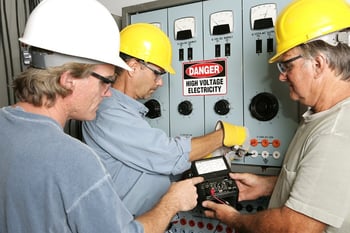 In the USA there are a number of
In the USA there are a number of 
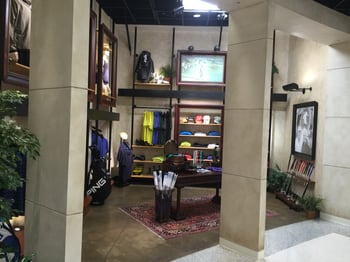 If you want to maximize your retail income, you've got to do everything possible to entice your customers to come in and stay. Sure, having the right inventory is a great first step, but the environment in which you display it can make all the difference. If your retail space has got the right ambience, customers will love the shopping experience in your store. One of the most important parts of an indoor environment is the lighting. Lighting creates mood, highlights products you want to emphasize, it generally adds to the flavor of your store. Give up on those tired old florescent lights. Add new lighting fixtures for increased store traffic and great personality.
If you want to maximize your retail income, you've got to do everything possible to entice your customers to come in and stay. Sure, having the right inventory is a great first step, but the environment in which you display it can make all the difference. If your retail space has got the right ambience, customers will love the shopping experience in your store. One of the most important parts of an indoor environment is the lighting. Lighting creates mood, highlights products you want to emphasize, it generally adds to the flavor of your store. Give up on those tired old florescent lights. Add new lighting fixtures for increased store traffic and great personality. 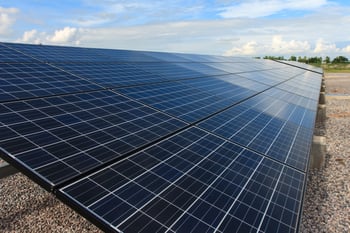 Colorado Springs gets an average of 300 days of sunshine per year, making it a prime area for an explosion of
Colorado Springs gets an average of 300 days of sunshine per year, making it a prime area for an explosion of  Renovations are a necessary evil most businesses have to go through eventually. If your business is growing, your building and its capabilities have to grow with it. Ideally, you'll include enough innovation in your upgrade to keep from having to repeat the process for a number of years. The best upgrades include innovations aimed toward the future as well as needed improvements for today.
Renovations are a necessary evil most businesses have to go through eventually. If your business is growing, your building and its capabilities have to grow with it. Ideally, you'll include enough innovation in your upgrade to keep from having to repeat the process for a number of years. The best upgrades include innovations aimed toward the future as well as needed improvements for today. Reducing the environmental footprint of your business can seem like a huge task, but going green doesn't have to be an all-or-nothing proposition. Unless you're creating your Colorado Springs business from the ground up, incremental changes are probably the best way to turn bad habits into good ones. Employees are more likely to embrace change if you don't demand a list of new rules. Every change you make
Reducing the environmental footprint of your business can seem like a huge task, but going green doesn't have to be an all-or-nothing proposition. Unless you're creating your Colorado Springs business from the ground up, incremental changes are probably the best way to turn bad habits into good ones. Employees are more likely to embrace change if you don't demand a list of new rules. Every change you make 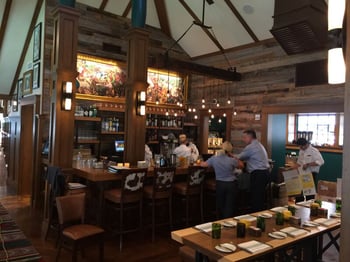 Colorado Spring's Seven Falls is a seven-tier waterfall located in the heart of Cheyenne Canyon. A favorite among hikers and nature lovers, the falls remained off limits for almost two years, since a massive flood in 2013 destroyed roads and closed attractions within the canyon.
Colorado Spring's Seven Falls is a seven-tier waterfall located in the heart of Cheyenne Canyon. A favorite among hikers and nature lovers, the falls remained off limits for almost two years, since a massive flood in 2013 destroyed roads and closed attractions within the canyon.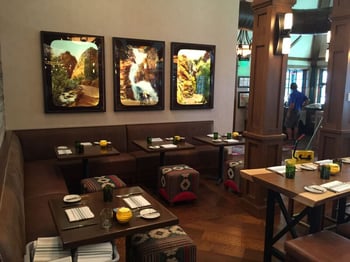 The renovated restaurant has been renamed 1858 in honor to the year that started the Gold Rush era in Colorado. To keep the old feeling intact, the renovation of the restaurant included the addition of chandeliers and lighting features that mimic mining lanterns, the construction of a 20-seating patio area, and a lot of touches to enhance the rustic wilderness feel of the building – including the use of reclaimed barn wood and hand-hewn stone. Old photographs depicting what the surrounding area looked like in the mid-19th century now hang on the walls.
The renovated restaurant has been renamed 1858 in honor to the year that started the Gold Rush era in Colorado. To keep the old feeling intact, the renovation of the restaurant included the addition of chandeliers and lighting features that mimic mining lanterns, the construction of a 20-seating patio area, and a lot of touches to enhance the rustic wilderness feel of the building – including the use of reclaimed barn wood and hand-hewn stone. Old photographs depicting what the surrounding area looked like in the mid-19th century now hang on the walls.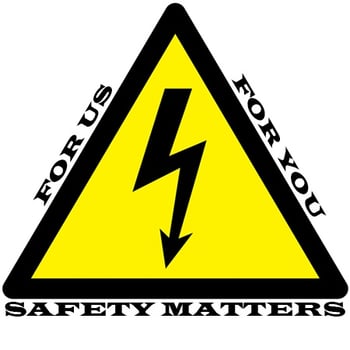 Many of us grew up hearing the admonition: “Safety first!” The message was clear: No matter what you might be doing, or how important the task, the number one priority was to take steps to be safe.
Many of us grew up hearing the admonition: “Safety first!” The message was clear: No matter what you might be doing, or how important the task, the number one priority was to take steps to be safe.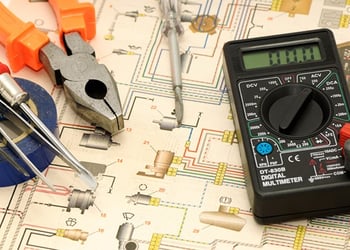 If you’re building a new commercial facility—or renovating existing business space—one of the key elements of that process is your electrical system. There’s a lot more to getting a reliable, safe, and robust electrical system, however, than just “running wire” from a power source to the outlets.
If you’re building a new commercial facility—or renovating existing business space—one of the key elements of that process is your electrical system. There’s a lot more to getting a reliable, safe, and robust electrical system, however, than just “running wire” from a power source to the outlets.  As a business owner, Power Quality may be something that never crosses your mind. After all, electrical power is either on or off, right? Who wants to talk about the quality of the power their electrical system is putting out? Sounds pretty boring.
As a business owner, Power Quality may be something that never crosses your mind. After all, electrical power is either on or off, right? Who wants to talk about the quality of the power their electrical system is putting out? Sounds pretty boring.